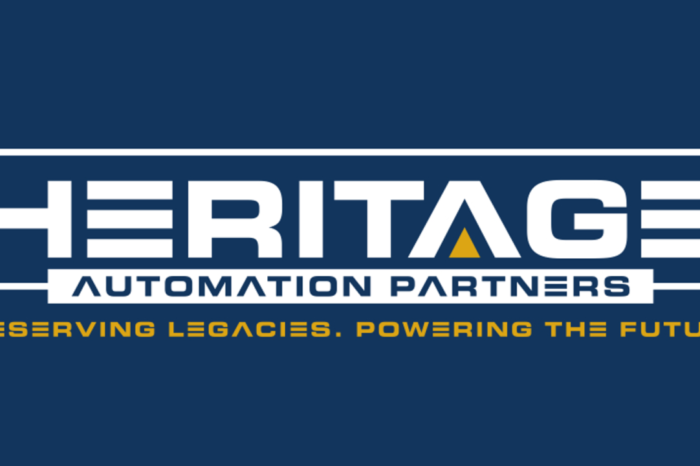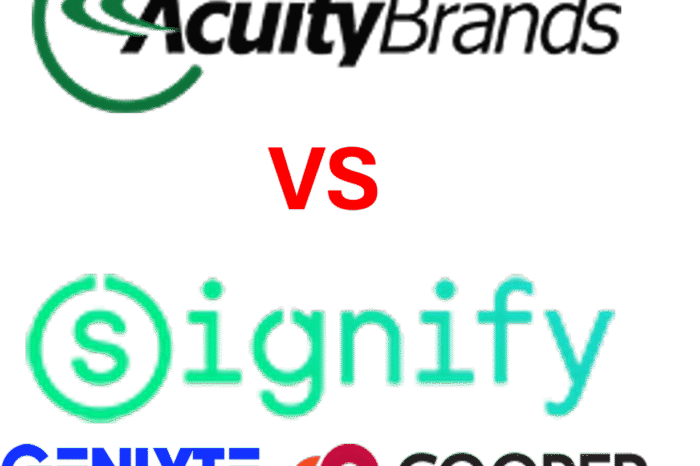Distribution’s Voice in Lighting Rebate Programs
Every year utilities spend billions of dollars on energy efficiency / lighting rebate programs. In fact, one report states $7.8 billion! And estimates are that only $1-3 billion of this are for mid-stream (channel) rebates. And as Chris Cloutier, our resident subject matter expert for utilities has mentioned, the money stream is being questioned more and more. Not that money won’t be spent but more “what is the most effective way to spend that money?”
And as “the channel”, wouldn’t it be good if distributors could receive more of this money to either off-set sales / marketing / claims processing costs or identify a potential additional revenue stream?
The challenge is that many utilities don’t value distribution.
So, we’ve decided to ask distribution (you) the importance of utility rebate programs ti the energy efficiency / lighting sales process as well as your involvement with utility programs. All input is confidential and we’re offering to share the findings with respondents (as well as invite you to a webinar next month).
You can take the survey here:
The Missing Voice of Distribution in Utility Programs
Recently Chris has been looking at the research around utility programs and what it says about working with distributors.
The short version is simple: if the programs, particularly programs aimed at commercial products, aren’t actively engaging the distribution channel by helping reduce the up-front cost of an efficient product rather than paying a rebate to the end-user after the sale, they are making a mistake.
The reason is simple: engaging with the distribution channel works. One analysis out of California shows that market penetration for efficient HVAC products went up 900% when the program shifted from paying the end-user a rebate for buying efficient HVAC equipment to working with the distributor to buy-down the price of the efficient equipment. That is a pretty dramatic shift.
Now, not every program will see that dramatic an impact, but distributor focused (or midstream) programs can provide a lot of other benefits for utility rebate programs too, including: lowering administration and transaction costs; leveraging the market (and marketing) power of the distributors and their manufacturer partners; having a lower overall rebate budget; and, better aligning with existing sales and marketing processes.
In doing this research, I also discovered that the distributors voice is frequently missing. While many utility-funded process evaluations do ask distributors for input on specific programs, all this research is dis-aggregated, hard to find and represents the view of a small set of distributors working with one or more rebate programs. There is no broader input from the distributors on how they work with and perceive these programs.
So, together we thought about how to “remedy” the issue and share the “voice of distribution”.
We developed a joint survey that asks how distributor’s engage and work with commercial LED light rebates – and what you think about these programs!. We’re hoping that the results can provide new insights that can be used to help develop and implement rebate programs that take advantage of the market power of the distributors. (and, as a distributor, you may be able to share this input with local utilities to affect change in your market!)
We’ve focused the research on the LED market because they are a major focus of utility rebate programs and are a key are of focus, and growth, for distributors.
Let us know what you see, and experience, from utilities in your marketplace. You can answer the survey anonymously and all input it confidential … and the survey is only for distributors.
And if you’d like to share other thoughts regarding utility initiatives, contact Chris.























